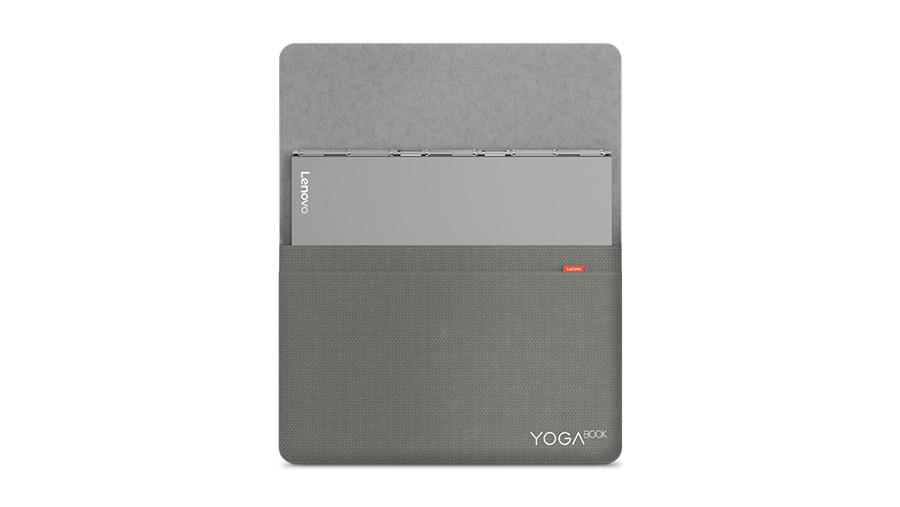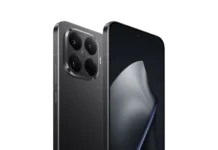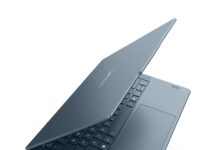
Lenovo is one of the few computer brands that are still innovating on the portable computer form. A few years ago, they came up with a unique watchband hinge that closes two panels without leaving a gap – probably the most elegant of such a mechanism on a consumer tech device. On the new Yoga Book C930 2-in-1 tablet, Lenovo introduces an additional Flexible E Ink Mobius touchscreen with several user modes – a touch keyboard, an E-book reader, and a sketch pad. It’s an evolution from the original Yoga Book where the panel worked like a Wacom pen tablet without display. On the C930, there is no need for a separate paper for sketching or writing notes – The E Ink Mobius panel lets the user annotate directly on the screen. The Lenovo Precision Pen included in the package is Bluetooth-paired to the C930 and there are 3 customisable buttons that lets users execute apps easily.

This monochrome panel offers a few advantages. For one, users can change the keyboard layout to their preferred languages. Touch keyboard generation users might get by, but traditionalists like myself would always prefer mechanical keyboards. Secondly, it feels more natural to take notes on the lower panel than to write against the upper colour display. Multi-tasking is at play here: while you may be browsing for information on the upper display, you can take notes or sketch or read a novel. However, switching modes on the E Ink panel is very slow and ironically counter-productive. If I needed to type something, I have to switch from the sketch or e-book mode to keyboard. And when I am done, I have to switch back again.
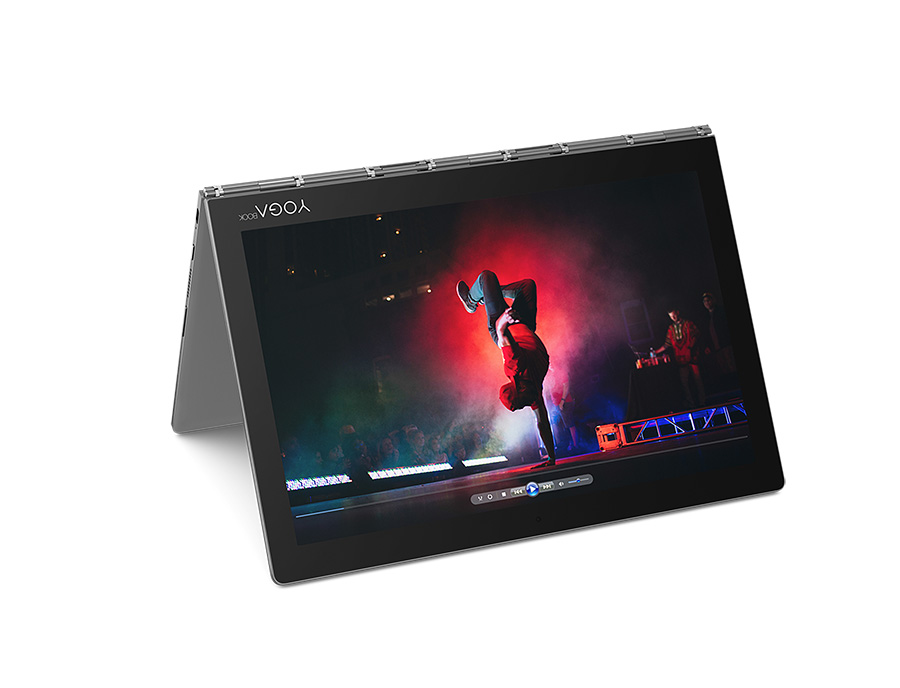
It makes sense for Lenovo to feature different panel technologies on the Yoga Book C930, which gives consumers multiple ways to consume content. For instance, the E Ink panel is ideal for monochrome sketching and penmanship while the IPS touchscreen is ideal for colour drawing and calligraphy. Reading e-books on the E Ink consumes less power and is better for the eyes while flipping through colourful e-magazines on the colour touchscreen is a delight. Sadly, the slow refresh rate of the E Ink makes the interaction rather sluggish, and while it only supports PDF files, browsing the file manager on the E Ink panel feels like primitive tech which takes seconds to respond with every tap.

Still, the Yoga Book C930 can be an appealing device for creative users who need a pressure-sensitive pen and love reading e-books, with the occasional use of Windows 10 OS for web-browsing, productivity, or casual gaming. It is so sleek and seamless that there is no groove to open up the hybrid tablet easily, so Lenovo threw in a cool feature which you can use to show off to your peers. Just knock on the device twice, or press the volume button, and the two panels will part ways partially, opening just enough for you to unhinge the tablet.

With only 2 USB-C ports – one of which supports USB-C headphones – the limitations to plugging more peripherals can be circumvented using an external dock. The stereo speakers pump loud audio that delivers clarity and midrange warmth without cracking. To ensure the Yoga Book C930 runs with a sufficiently long battery life, a slower Intel processor is used, so do not expect it to run as nimbly as the premium ultraportable laptops, even though it is priced at that range.
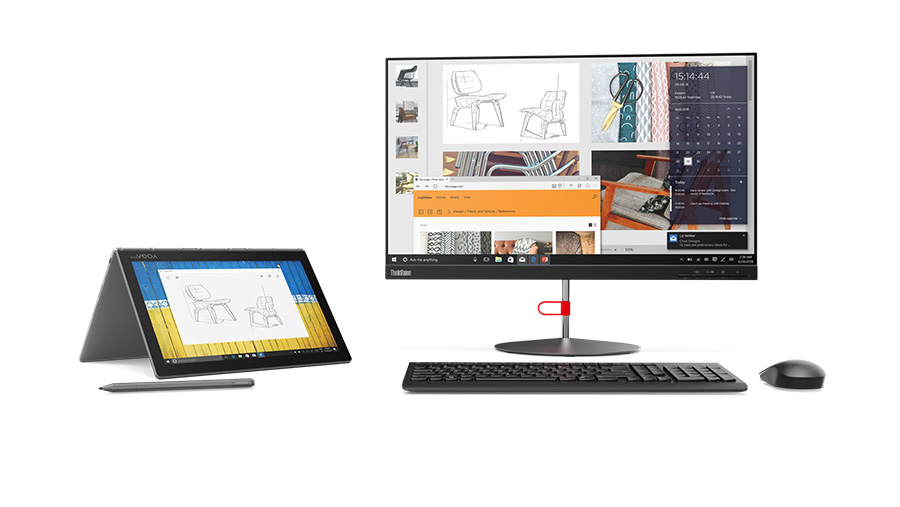
Verdict
Rating :4/5
From S$1999
The Yoga Book C930 is a hybrid tablet, not a performance laptop. It is an innovative device for the creative mind with a small bag but big pockets.
